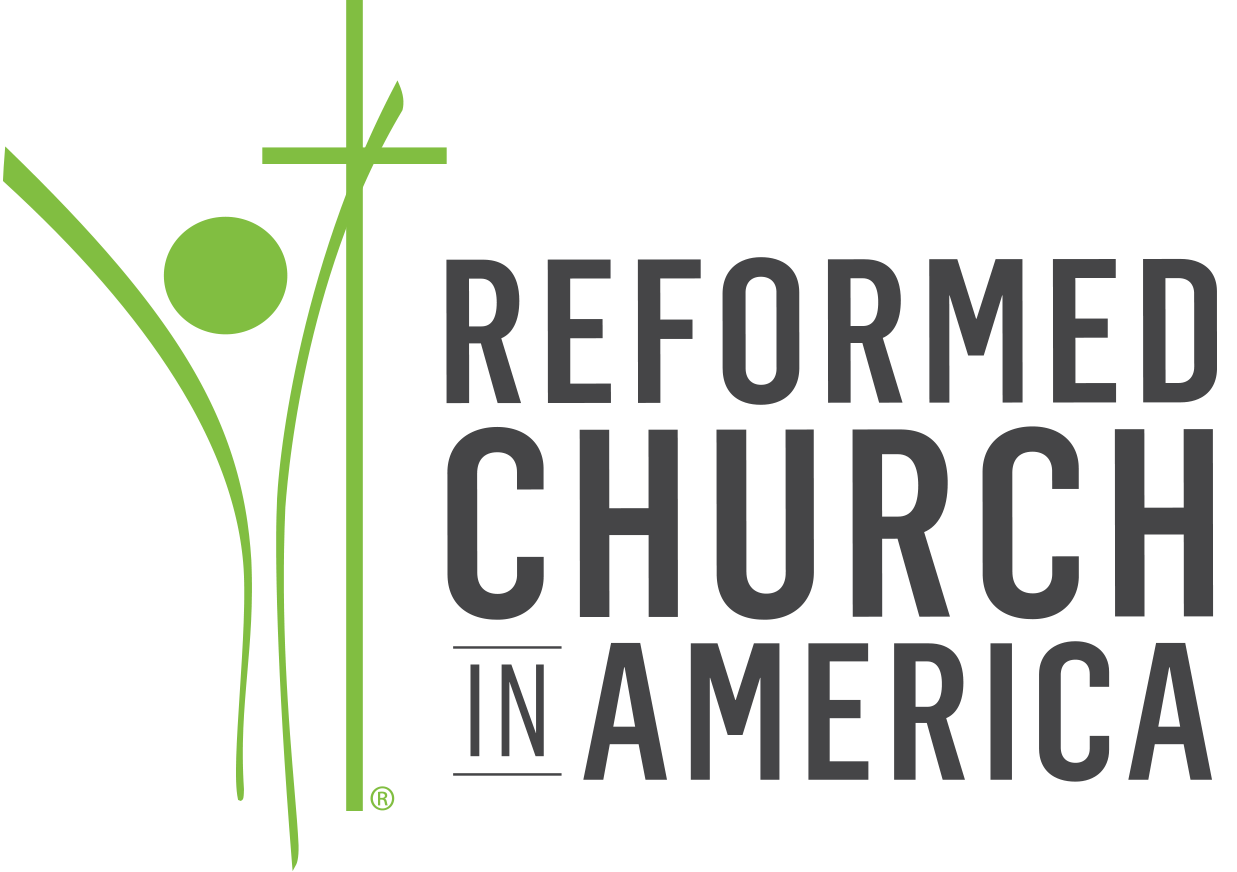RCA classes can now estimate their portion of General Synod covenant shares for the calendar year 2024, when the new system takes effect.
On Saturday, General Synod 2023 approved a covenant share rate of 2.7 percent for calendar year 2024. Additionally, $415,000 of covenant share revenue will be allocated to theological education according to the formula provided by the Pastoral Formation Oversight Board (PFOB).
Synod briefly considered an amendment reducing the proposed rate to 2.5 percent, but approved the original 2.7 percent proposed rate with a strong majority.
What are covenant shares?
Covenant shares are a new way for classes to participate in the financial life of the denomination, transitioning from a previous model based on per-member assessments. Covenant shares, like assessments, are paid from the classis to the General Synod; each classis may discern how the churches within its bounds will participate in paying for covenant shares.
Under the covenant shares method, each classis will pay a flat percentage of the contributions received by each church within its bounds.
“A number of reasons contributed to the change to covenant shares, but rising to the top was a desire for an equitable contribution system where churches could contribute proportionally based on their means,” says Jillisa Teitsma, chief financial officer for the RCA, who worked with a team to develop the covenant shares proposal that was adopted in 2019.
A passage in 2 Corinthians guided the alternate funding team’s efforts to develop a more equitable method to fund the denomination’s shared work: “Our desire is not that others might be relieved while you are hard pressed, but that there might be equality. At the present time, your plenty will supply what they need, so that in turn their plenty will supply what they need. The goal is equality, as it is written: ‘The one who gathered much did not have too much, and the one who gathered little did not have too little’” (2 Corinthians 8:13-15, NIV).
A church’s confessing membership is not necessarily indicative of its ability to pay assessments. Under the per-member assessment method, assessments paid as a percentage of contributions received by the local church vary widely across the denomination. This wide spread indicates that under the per-member assessment method, the amount of assessments a church paid is not in accordance with its means.
Covenant shares were initially approved to replace a per-member assessment at General Synod 2019. The related amendments to the bylaws of General Synod required approval by a subsequent synod, which happened in 2022. Delegates to that synod had considered a one-year delay in the implementation of Covenant Shares, but delegates were eager to switch to the new system and voted down the delay.
“The proposed rate of 2.7 percent was set in order to bring in the same assessment revenue to the denomination under the per member assessment method,” Teitsma says. “We are not using covenant shares to make up lost revenue from departing churches, but rather to fund our shared denominational work in a more equitable manner.”
Top things to know for treasurers and administrators
How does the calculation work?
- A Covenant Share calculator can be downloaded here.
- The amount listed on line 21, “contributions received,” of the Consistorial Report Form (CRF) will be used to calculate the covenant share amount to be invoiced to the classis. 2.7 percent of that amount will be what the classes can expect to pay toward General Synod funding. This does not include assessments or covenant share rates set by the classis or regional synod.
- Any contributions to the church, as reported on Line 21 of the CRF, will be part of the calculation. This includes regular offerings, as well as special contributions for things like capital campaigns, missions, dinners, and events. In addition, pass through contributions will also be considered, like special collections received for a charity partner.
- Funds that are excluded from this calculation are rental income, tuition fees, endowment distributions, investment income, thrift store income, and grants.
Will churches pay more or less under the new method?
The classis is responsible for invoicing the churches within its bounds. Some churches may pay more than they currently pay, and some churches will be pay less. The hoped-for outcome is a more equitable system.
What about churches in which the change from the per-member method differs significantly to the new covenant shares method?
Most churches will not have a significant change in their assessment calculation as a result of the new system. To help churches who will have a significant change, there’s a limit in place so that the amount invoiced to the classis will be limited by no more than 10 percent over the previous year’s assessment.
Will this make up for lost revenue from churches leaving the RCA?
No, the implementation of covenant shares does not make up the financial losses connected to churches leaving the RCA. By 2024, it is expected that assessment revenue will have declined by over $3 million. The projected revenue of covenant shares in 2024 is $2.8 million, which reflects a 1.5 percent increase in revenue from the churches who have remained in the RCA.
Will the covenant shares funding method be evaluated after implementation?
Yes. General Synod 2019 also instructed the GSC to name a covenant shares review committee. That committee met for the first time in May. This committee and GSC finance staff will be evaluating the method over the first three years under the new method. This committee will also review and respond if needed to any feedback received regarding the impact of the new method.
For a comprehensive guide to frequently asked questions, use this guide provided by the General Synod Council finance department.





